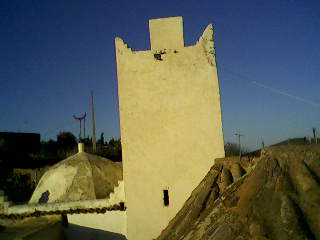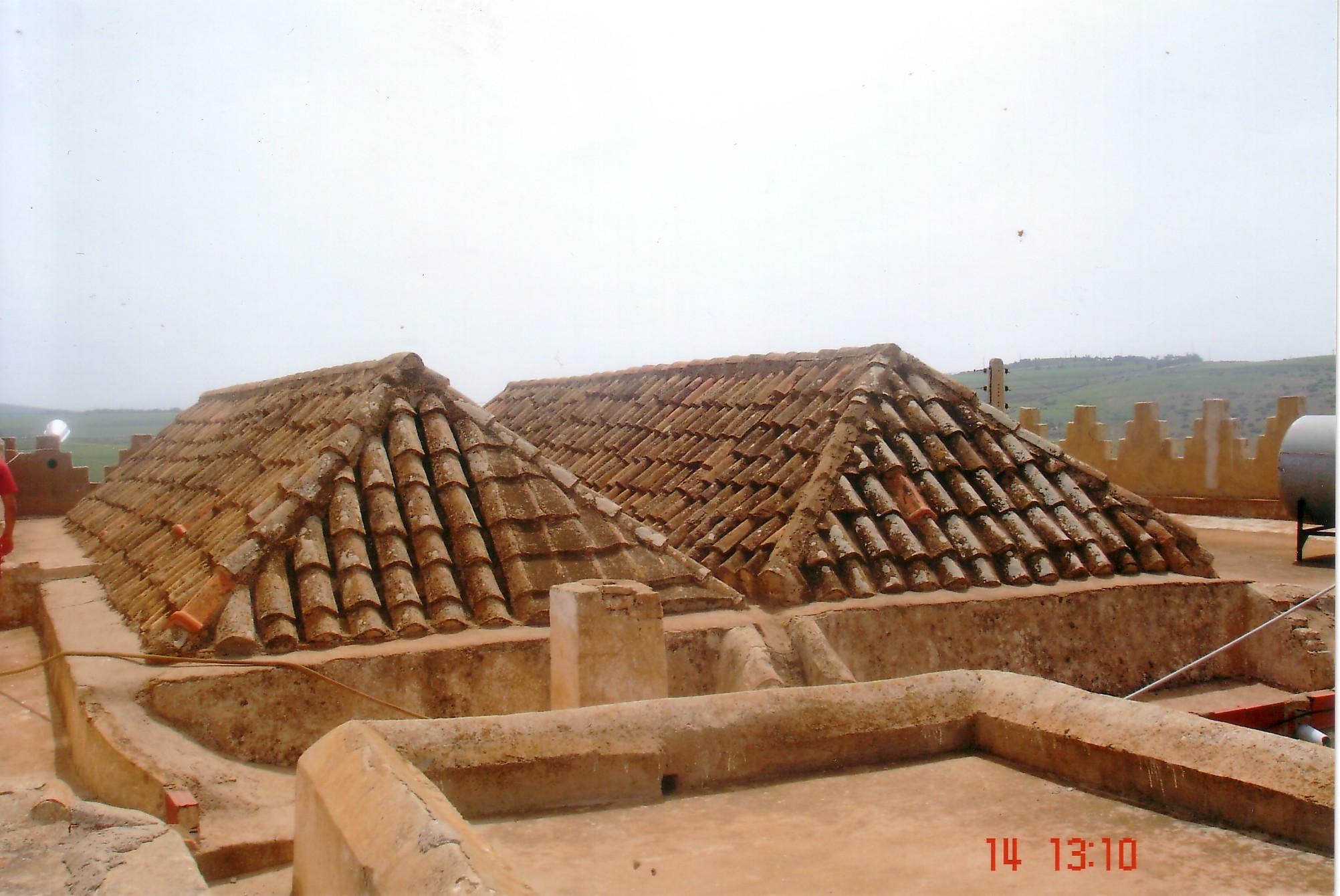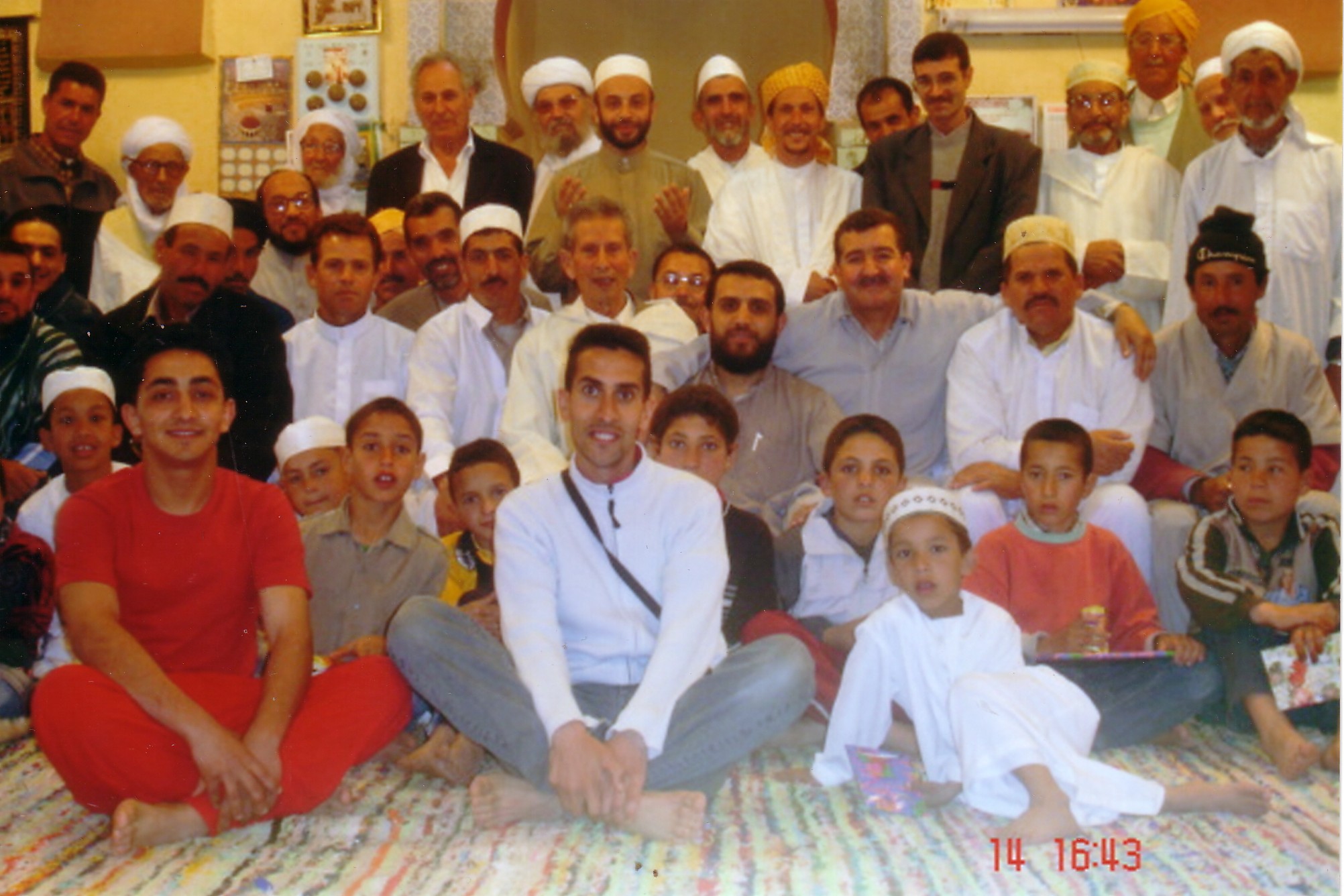la bataille de sidi yacoub le 25 avril 1836 UNE MOSQUEE ET HUIT SIECLE A PRESERVER ALBUM DE ZAOUIA DE SIDI YACOUB zaouia sidi yacoub CELEBRATION DU MOLOUD EN NABAOUI Culture et tourisme sidi yacoub mosque Boutique Express | sidi yacoub mosque Sidi Yacoub bin El-Hadj El-Tlemsani bin SidiYacoub Cherif El Maghraoui ( burried in Mazouna in the North west of Algeria near Mostaganem) bin Mohamed bin Ahmed bin Abderezzak bin Ali bin Abdel kader bin Amer bin Rahou bin Mesbah bin Salah bin Saïd bin Mohamed bin Suleiman ( Idiss 1st’s brother) bin Abdallah El-Kamil bin El Hassen El Mothena bin Hassen El-Sabt bin Fatima-Zahra, the daughter of the prophet Mohamed (peace be upon him), was born in Tlemcen by the the end of the 13th century, during the reign of the Abou Saïd Othman Dynasty, later Zianides’ Dynasty.
He first learned the koran by heart in Tlemcen under his father’s supervision. He was 8 years old then. After that he studied the Islamic sciences of that time and excelled in jurisprudence. He went to By the first half of the 14th century he made his way to the coast of When the ship could no more move, a canoe was sent to land to ask for help. The sailors sighted Sidi Yacoub . ‘Are you a marabout ?’ they asked. ‘Not at all’ the saint man said ‘ I am just fetching for wood for building’ . ‘If you help us’said the sailors ‘ we ‘ll bring some when we come back again’. ‘I cannot wait untll you come back’ he said ‘ When you arrive in The sailors soon regained their country without any difficulty. The first thing they did when they arrived in When the drifting wood appeared in the horizon, some of Sidi Yacoub’s neighbours wanted it for themselves. The laters shouted and waved their burnous aiming to make the wood float in their direction but their attempts were vain. The wood glided slowly under the wind and current bay. The neighbours started to harpoon it to draw it towards themselves. The logs of wood were so heavy that the task occurred impossible. Sidi Yacoub reproached them their deeds and sent his two masons Hammou and Boulifa. The two men drew it up easily to the top of the cliff, place which they chose to construct the mosque. They achieved it in 1338. Its shape is square, its style Andalusian and Maghreban with a three parallel rows sustained with two arches in broken curve ( artesenado in Spanish) and thick pillars. The ceiling was made from crossbow and sculpted wood similar to the one seen in Fez , Marrakech (El Kotobia mosque and Timnel mosque) and in Tlemcen and which goes back in the past till the The Zianides’ and the Merinides’ period. The village and its mosque are at a kilometre within the shore on a bowed The saint man Sidi Yacoub used to pray on a flat rock at the cliff edge and to do his ritual ablutions from a source spurting among the sea waters (this source still exists). That place, the one where he used to pray, was a choice, military speaking, strategic. It was and ideal observatory spot against the European incursions as it happened in 1503 when the population of the region had to defend their land against a Portuguese incursion which consisted of seven brigantines ( pirates’ ship). With the achievement of the mosque construction, Sidi Yacoub started his mission of teaching, an activity which he will devote himself to for the rest of his life. Thus, all the inhabitants of Oulhaça region, Beni-Khellad and Mediona came to draw up from the source of his knowledge and attend his Friday preach. He was known as righteous and respectable man who renounced to the material comfort of life and proved to be a jurist well versed in the Sufism. Sidi Yacoub died in the year 1410 (it is said that he reached 127 years).His son, Sidi Ali, and his grand-son Sidi Benramdane El-Khalifa and many jurist took ,every one his turn, the succession of the saint man.
Many well known dignitaries visited Sidi Yacoub mosque and some of them even studied there. The best example was Emir Abdelkader and his lieutenant El Bouhmidi El-Oulhaci and yet Cheikh El-Bouabdelli of Bethioua (Arzew). The latter attests that Sidi Yacoub Zaouia disciples were very good as people and great in their way to recite the Koran and as far as Sidi Yacoub village is concerned he said that it is a land of welcome . Many ulemas and Imams issued from the Koran In armed conflicts The Zaouia played a very important role, be it in its recent history or many centuries ago. For whom who wants to have a clear idea on the matter the following dates point to battles which are not the least: In 1503 the Zaouia stood firm against the Portuguese incursion stand firm and defeated the invader. In 1836, The Algerian leader, Emir Abdelkader and his lieutenant El Bouhmidi beat the French colonial forces after having encircled them and split them in two parts. The French colonial forces were defeated in a humiliating way. In 1957, Sidi Yacoub mosque which used to be a refuge to the djounoud (Algerian fighters) was attacked with bombs by the French aviation and pounded by its artillery. Many Chouhada (martyrs), among them 13 members of Sidi Yacoub family, fell on the honor field that day. Since that time and thanks to the contribution of all the neighbouring population, the mosque or the Zaouia got partially renovated. Nowadays Sidi Yacoub village lives in the rhythm of the region and the Zaouia. The ancient Koran school still exits and receives pupils from the neighbouring villages. In the year 2000, some volunteers created the Zaouia association in order to promote the Zaouia cultural and religious role. The association is now building a new Koran school with, this time, a boarding system. Little by little visitors come to the mosque. As a result the mosque will certainly retrieve its ancient prestige. Nevertheless, we are in 2008 and the paths leading to the cliff, the place where the saint man used to meditate, are still narrow and lost in the bushes.
|
|


